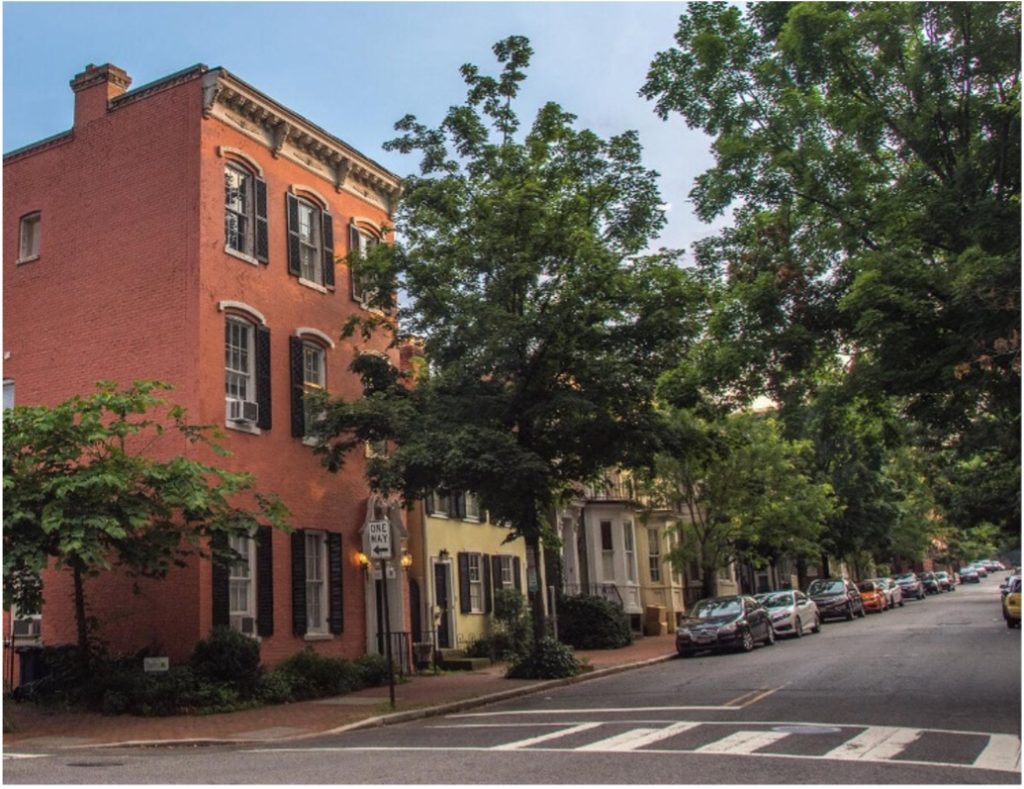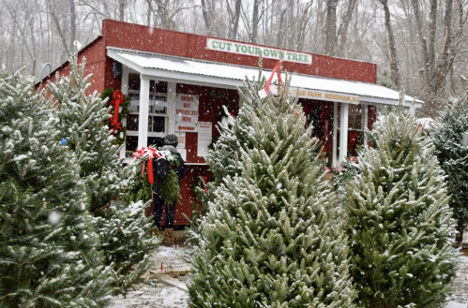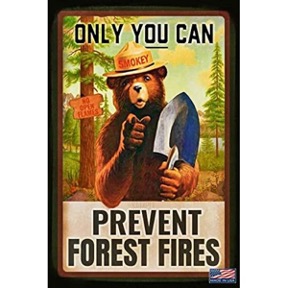Branching Out: Urban Street Tree Stewardship
By Megan Curtiss |
Picture yourself walking down a busy city street on a sunny day. The hum of traffic blends with the chatter of pedestrians as street trees above cast a welcoming shade, offering a brief escape from the heat. You begin to daydream about the woods near your house, only to wonder, “…how do these trees survive…
Frigid but Flexible: A Tree’s Secret to Winter Survival
By Michael Wade |
As Maryland experiences yet another snow storm this frosty winter, take the time to consider the amazing science behind how trees manage the constant onslaught of rain, ice, and snow. Each tree species has their own special method of winter survival. For deciduous trees, this process starts when they first shed their leaves in fall….
Forested Buffer Zones: Nature’s Essential Safeguard for Chesapeake Bay Tributaries
By Stewart Sharun |
Forested buffer zones are critical for protecting waterways, particularly in ecosystems like the Chesapeake Bay watershed. These vegetated areas along streams and rivers act as natural filters, trapping pollutants, stabilizing soil, and reducing sediment runoff. By intercepting fertilizers, pesticides, and other contaminants, buffer zones play a pivotal role in improving water quality. Additionally, they provide…
An Icon of the Winter Season: A Glance into the History & Forestry behind Christmas Trees
By Maddy Painter |
When we think of the month of December, many things come to mind – a wintery time of year here in Maryland, a month filled with major cultural holidays and, of course, the ever-present evergreen tree. Not only is it a wonderful pop of color in a leafless sea of forests here in the Mideast,…
Forest Stewardship in Baltimore: Stillmeadow Community Fellowship and PeacePark
By Megan Curtiss |
In the face of a changing climate and projected increases in urban population density over the coming decades, the preservation of urban tree canopy and the corresponding ecosystem services provided have become critically important considerations. A distinguishing feature of urban tree canopy is a variety of land ownership and, as a result, unequal management of…
Loper Bright Enterprises v. Raimondo: What This Means for Environmental Policymaking Moving Forward
By Lauren Baker |
On January 17, 2024, the Supreme Court heard a case that would decide the fate of the infamous Chevron doctrine that was established in Chevron v. Natural Resources Defense Council. In the Chevron case, the Environmental Protection Agency (EPA) amended its definition of a “stationary source” under the Clean Air Act (CAA). The Natural Resources…
The Paw-Paw : Maryland’s Native Tropical Fruit
By Peyton Eppard |
Did you know that Maryland has it’s own “tropical” fruit that could be growing right in your backyard? The Pawpaw tree (Asimina triloba) is a fruiting tree found across the Eastern United States which produces large fruits which are not only edible, but delicious as well. In fact, the pawpaw produces the largest edible fruit…
The Escalation of Wildfires
By Hanna Weikert |
The wildfire season in the United States broadly runs from spring until fall. Wildfires are a natural and beneficial component of many ecosystems. Wildfires reduce leaf litter, improve wildlife habitats, and even stimulate new forest growth (National Park Service 2011). Prescribed burns are intentionally set fires in order to prevent catastrophic fires that can happen…
Fire History and Policy in America
By Anna Cullen |
Historically, fire was used as a tool by Native Americans to reduce understories and to purposely alter the landscape. In the early 1900’s, fire became a hot topic in the U.S. due to wildfires. Gifford Pinchot, considered the father of forestry as the first chief of the U.S. Forest Service, wanted to control and prevent…
Listen to Your Mother (Tree)
By Peyton Eppard |
Did you know that trees communicate with one another? Through a system of underground “information highways” conducted through fungal filaments, trees can send signals to one another, and even identify relationships with one another! In a well-connected forest, each day is like an extended family reunion. Similarly to humans, trees which have been around the…
The Importance of Silviculture
By Anna Cullen |
What is silviculture and why is it an important aspect of forestry? Silviculture is the art and science of cultivating trees in a forest for ecological and economical advantage. It is the controlling of a forest based on establishment, structure, composition, and growth. There are six main principles of silviculture which include the imitation of…
The Impact of Salt on the Ecosystem
By Hanna Weikert |
It’s that time of year when roads are treated and salted in preparation for ice and snow. While road salt can help prevent collisions and allow safer travel in the winter, there is a great cost to us and our environment when using it. Road salts are most commonly made from sodium chloride, and…












